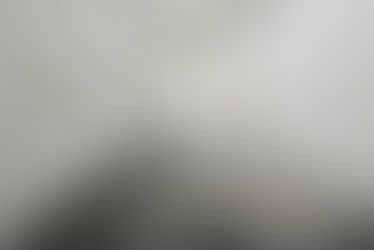On R. A. Villanueva’s These Bodies Lacking Parts
- The Courtauldian
- Apr 2, 2016
- 2 min read
Term has ended and I finally feel comfortable reading books that are available beyond the vaults of the Courtauld Library. Recently, I have started reading more poetry. A wave that began with an invitation to the opening of the Bare Lit Festival (UK’s first literature festival for writers of colour) has now settled into a steady appreciation for poetry of all kinds. As I tried to run away from the art history section in various libraries, I found myself drawn to learning about art and its history through a different mode - through the poems that were recommended to me and the poems that I just happened to find in books and anthologies.
One such book that was handed to me was R.A. Villanueva’s Reliquaria. In holding the book, I did not know what to expect. I knew the poet’s name. He was on a panel at the previously mentioned Bare Lit Festival but that was about all. Then I faced the question of how would I go about reading the book. Do you start from the beginning or do you flip through and read what catches your eye first? I usually do the latter. As I flipped the pages, I was surprised to find a poem titled These Bodies Lacking Parts with the words ‘raw sienna’ and ‘Michelangelo’ in its first stanza. Villanueva’s entire collection is about the body in many ways - its corporeal forms and lived experiences. This poem in particular is about bodies brought to life through the act of mark-making. It begins with ‘With raw sienna crushed by fist / in mortar, umber ground / to tender shadow to flesh, / Michelangelo binds a body,’ and ends with the anatomist’s apprentice who is being encouraged to draw a body directly ‘from nature, beside a body opened / at the wrist, his fingers gracing / the exposed vessels of the lower arm.’ The initial burst of interest developed into a deeper appreciation for the poem as a whole as I realised that the poem was beautifully related to the BA3 special option course I studied earlier this academic year. With beautiful stanzas that construct the image of the artist’s relationship with his work, the iconoclasm and violence of many Renaissance sculptures (‘Judith and her hand-/maid carry the artist’s head away/ on a dish’) and the anatomist’s pursuit of the knowledge of the human body, Villanueva’s words were just a different way to approach the very ideas that were covered in our classes. In his poem, Villanueva gives us a small glimpse into a world that most art history students are very familiar with. With fewer words and more vivid imagery than most chapters and articles I’ve read over the year, the poet refers to the different ways in which bodies could be experienced, used and depicted in a period that was and is still defined by its rich artistic and scientific legacy.
R.A. Villanueva’s Reliquaria won the Prairie Schooner Book Prize in Poetry. You can purchase his book and read the poem reviewed above here.












Comments